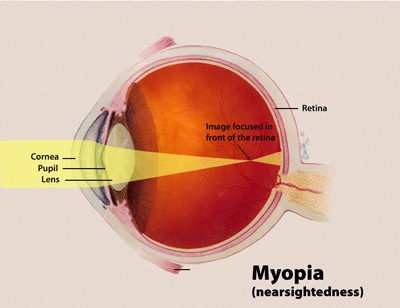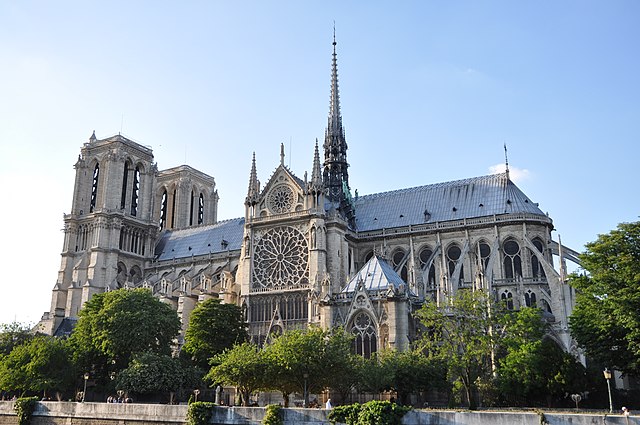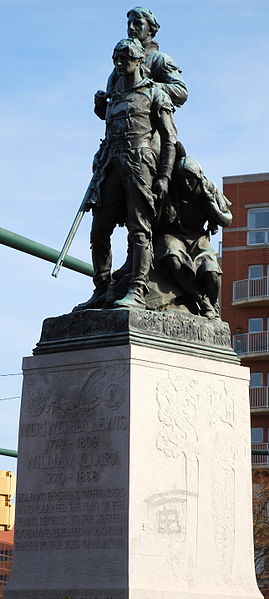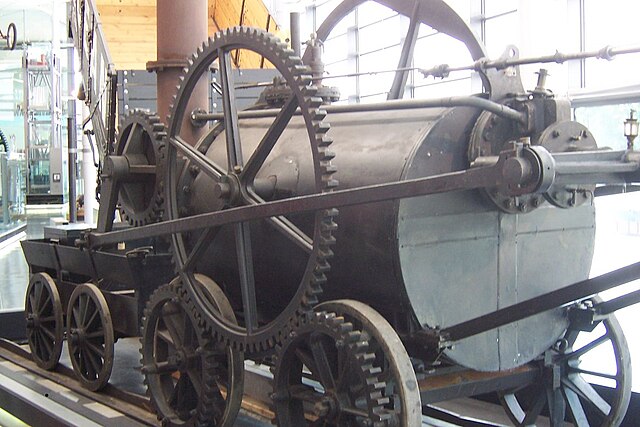We just learned about the Refractive Error.
One of the types of refractive errors is Near-Sightedness, also called myopia.
If someone is near-sighted that means they can see up close very well, but they can't see far away very well.
An easy way to remember that is that if you are "near-sighted" you are good at seeing nearby.
Of all the types of eye problems, more people are near-sighted than any other problem, about 1.5 billion people!
When light comes into the eye, the lens is supposed to try and make it focus right on the retina.
The lens is like a magnifying glass, and if it doesn't focus just right then it won't get a clear enough picture.
If the lens is focusing all of the light into a point before the retina, then this causes near-sightedness.
An eye doctor can make glasses to change the direction of the light coming into the eye so that it focuses right on the retina and helps the eye see near and far.

(from: wikipedia - near-sightedness)
Kid Facts - Blast from the past: White Roll






